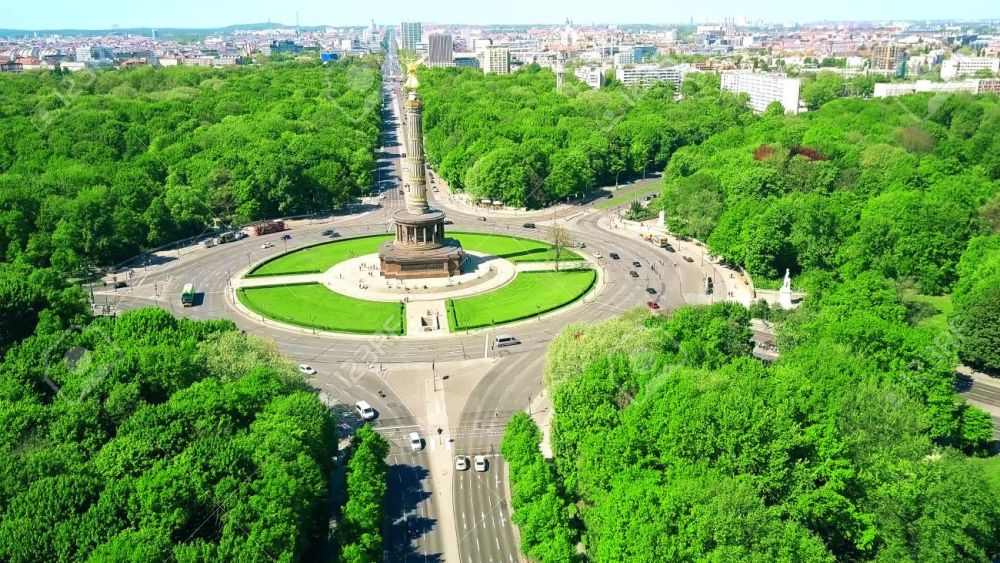

The verdant expanse of Tiergarten Park in Berlin has been a centerpiece for recreation, history, and tourism for centuries. Once a royal hunting ground, its transformation into a public park heralded a new era in the social life of Berlin's residents, making it an essential part of the city’s cultural tapestry.
The history of Tiergarten Park dates back to the 16th century when it was established as a hunting area for the Elector of Brandenburg. With its lush greenery and abundant wildlife, it provided an ideal location for the nobility to indulge in their hunting pursuits. As time progressed, it evolved under the influence of various rulers, reflecting the changing tastes in landscape design and usage.
It was in the 18th century that the Tiergarten began to transition into a more inclusive space. Under the guidance of the famous landscape architect Peter Joseph Lenné in the 1830s, the park was reimagined as a public park. Lenné's contribution involved the addition of walking paths, green meadows, and picturesque water features, setting the standard for European park design and significantly impacting the social life of the city.
Despite suffering extensive damage during World War II, the park was beautifully restored and became an emblem of resilience. As Berlin rebuilt itself, so too did Tiergarten, offering a green sanctuary in the heart of the metropolis. Modern enhancements and the integration of historical monuments such as the Soviet War Memorial and the iconic Brandenburg Gate at its border have further cemented its status as a tourist destination.
In recent years, Tiergarten Park has adapted to modern tourism trends by offering diverse activities catering to a wide array of interests. From leisurely boat rides on its tranquil lakes to guided tours exploring its historical landmarks, Tiergarten remains a versatile attraction. The annual events and music festivals held within its boundaries attract visitors globally, demonstrating Berlin's vibrant cultural scene.
With the increasing awareness of environmental conservation, Tiergarten has become a symbol of sustainable tourism in Berlin. The city's efforts to maintain the park’s biodiversity, together with activities like bird-watching and educational nature walks, reflect a growing trend towards eco-friendly tourism practices.
Technology, too, has found its way into the visitor experience at Tiergarten. Interactive apps and digital maps make exploring the park’s vast expanse more accessible, providing tourists with information at their fingertips.
Tiergarten Park's extensive history and adaptation to modern tourism illustrate its enduring appeal. As a beloved retreat for Berliners and a destination for international tourists, its continuing evolution represents both the heritage and the future of tourism in Germany's capital. For anyone visiting Berlin, a stroll through the historic paths of Tiergarten Park remains a must-do experience that encapsulates the beauty and history of this vibrant city.